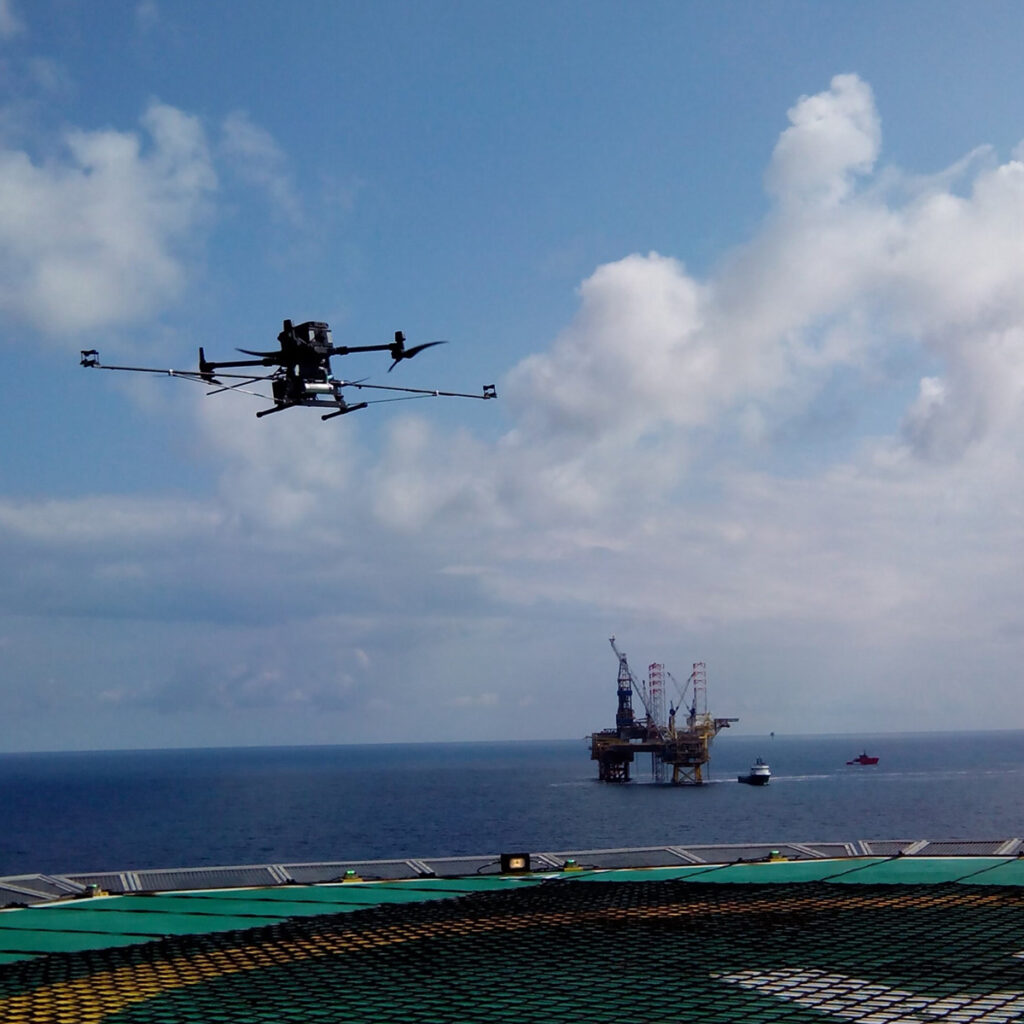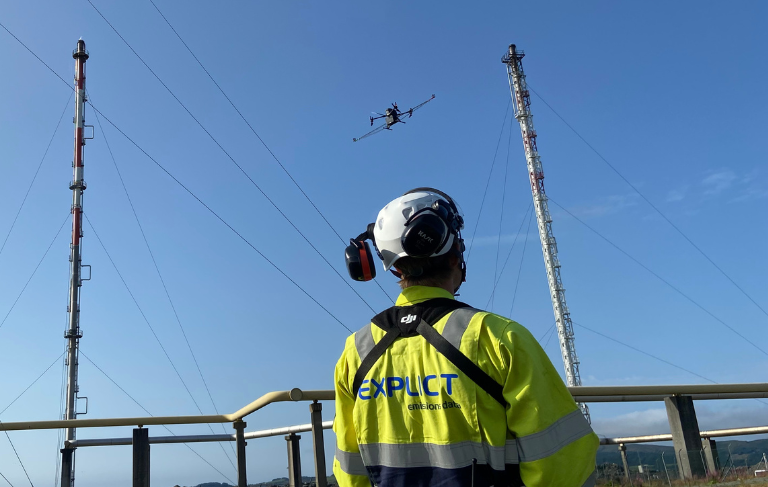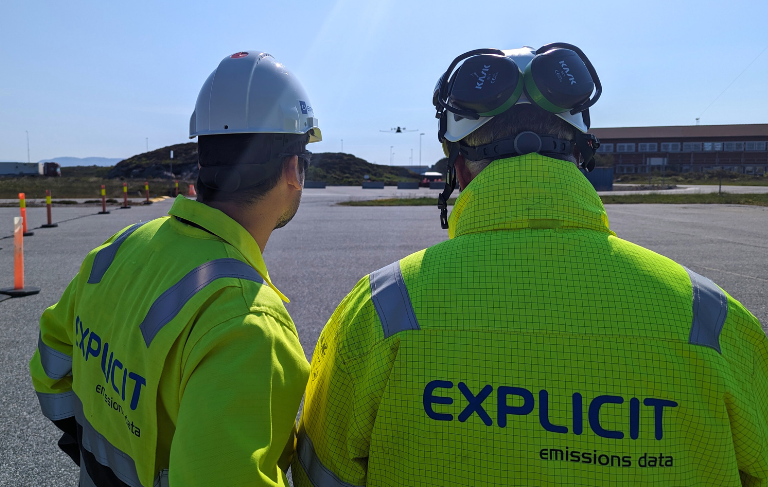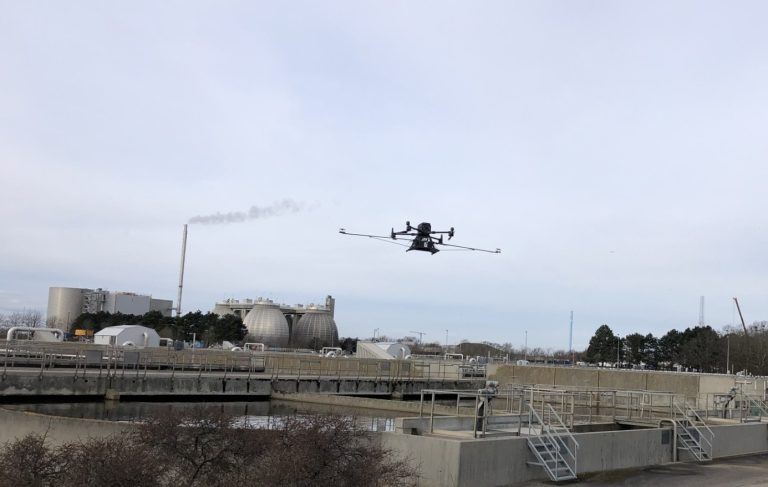In the world of fugitive leak detection, probability of detection (POD) is a popular metric. It tells us how likely an individual sensor or network of sensors is to detect a gas signal in a given scenario and is very helpful for leak detection and repair (LDAR) programmes.
But when it comes to quantifying methane emissions using the Drone Flux Measurement (DFM) Method, probability of detection is the wrong metric to focus on.
Why probability of detection falls short in quantification
Quantifying an emission rate is a far more complex measurement challenge than simply detecting a gas signal. Gas sensors have detection limits, but for aerial site-level surveys, most sensors today are already sensitive enough. The real issue isn’t the signal response: it’s signal noise.
The key question is: how low can we detect a signal, before background noise overwhelms it? This is best expressed through measurement uncertainty. Even if a method has an exceptional detection capability, that alone tells us nothing about its ability to quantify emissions.
What really matters for quantification?
Beyond detection, accurate quantification depends on:
- Wind flow: you need precise atmospheric data to determine how methane moves through an area.
- Measurement uncertainty: the lower the uncertainty, the more confidence you can have in the final emissions result.
- Noise filtering: the ability to extract meaningful gas signals from background interference.
These factors work together to define the reliability of a quantification method, none of which are captured by POD.
Explicit’s approach: precision over buzzwords
At Explicit, we are careful about how we apply our terminology and what measures we use to compare technology and data performance. Our Drone Flux Measurement (DFM) Method is designed with rigorous data validation to ensure accurate, reliable methane quantification. And we take great pride in educating and guiding our clients, diving into the nuances to ensure they get the most value out of their technology assessments and reported survey results.




